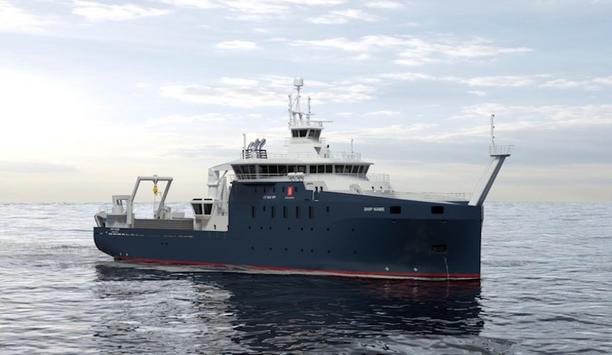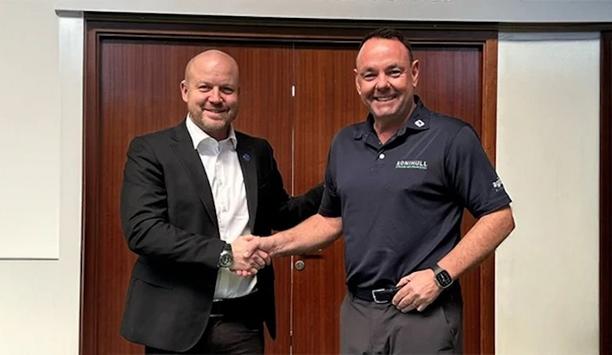A footwear company that was using a ‘direct-to-customer’ delivery model, changed its model into a combination of ‘direct’ and ‘consolidated’ shipments, making savings over USD 200,000 annually. This case study applies to a specific low volume country and not the entire globe.
How Maersk helped
Maersk analysed the containers that were being shipped directly into the final delivery distribution centre and discovered an opportunity. It then designed a new solution that changed the customer’s direct supply-chain model (for this market) into a ‘deconsolidation’ model, where different markets were combined to realise big savings.










